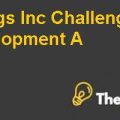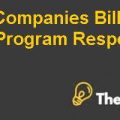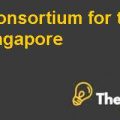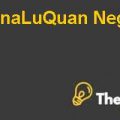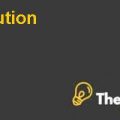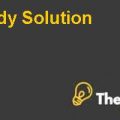INTRODUCTION
Etihad Airways is the national carrier of the United Arab Emirate and the carrier of the region of Abu Dhabi, which was established in July 2003 by Royal Decree of Abu Dhabi. Etihad Airways started its operations in November 2003 with a ceremonial flight from Abu Dhabi International Airport to Al-Ain International Airport. Etihad Airways is one of the world’s leading airline and considered as a fastest groining airline in the history of commercial aviation. The mission of the airline is to deliver quality services to its customers to maintain its customer’s satisfaction and sustain competitive advantage (Grimme, 2011).
Etihad is an Arabic word that means Union and therefore, the company chose its brand name for the purpose to unite the west and the east with a center at Abu Dhabi. The airline serves the international network of 96 destinations in 62 countries with best service and hospitality, which includes Arabian culture as well as the prestige of Abu Dhabi. The airline comprises of 24,000 staff from more than 140 nationalities, in the roles ranging from pilot to core staff around the world. Moreover, 93% of employees proud to work at Etihad and airline considered as LinkedIn Top 100 Global In-demand employer.
Etihad has a code sharing agreement with more than 40 countries of the world which includes Jet Airways, Malaysian Airways, Cyprus Airways, Australian Airline, American airline and many more, in order to build global networks. The biggest competitors of Etihad Airways within the United Arab Emirates is Fly Dubai, Emirates Airways, Air Arabia, and in the Middle East and African region are Qatar Airways, Gulf Air, and Oman Air. However, Etihad Airways have bought new competitive choice for millions of travelers by keeping the skies open, and develop a winning strategy to gain a competitive edge over competitors (J Vespermann, 2008).
The purpose of open skies is to provide travelers the opportunities to choose the outstanding services, on state-of-the-art aircraft, at a competitive price. The strengths of the airline are its strong culture and values and delivering quality services to its customers. Moreover, the airline offers multiple training programs to its employees that include cadet pilot schemes, technical engineering program, training session regarding new technology, and graduate management program.
PRODUCT AND SERVICES
Etihad Airways considered customers as their priority and therefore, the main airline business is the international transportation of people. The airline consists of three different products in various sectors such as Pearl business class, Diamond first class, and Carol economy class. Moreover, Etihad’s first-class onboard chefs and innovative dining concepts to in-flight catering were recognized with the Mercury Award for Onboard service in 2012 (DS McKechnie, 2008).
Furthermore, the airline operates in the tourism industry through Etihad Holidays. Apart from that, Etihad Cargo is the fastest growing division of the airline, which was established in 2004. Etihad Cargo manages a fleet of nine dedicated cargo aircraft and offers a wide range of cargo services to the customers. The airline covers 40% of its market share from Pearl Business Class, 20% from its Diamond first class and rest 40% of its Carol economy class. As a result, Carol’s economy class covers the majority of the company’s market share than the other two products.
According to the BCG matrix, Carol’s economy class is placed in the cash cow of the airline because the product as relatively low market growth, but had high market share. Moreover, Pearl Business Class would be the star product because product as relatively high market growth and relatively high market share. However, the airline needs to prioritize its two products such as Etihad Holidays and Etihad Express 2D as they both are Question mark products because both have relatively high market growth but low market share.
COMPANY’S ANALYSIS
The airline industry is considered as highly competitive industry and leads the company to improve consistently and innovative its products and services in order to gain a competitive edge over competitors. Moreover, the airline needs to identify the plans and actions to overcome uncertain situations, to gain customers and competitive advantage. Therefore, it is necessary for Etihad to conduct an in-depth analysis of the airline by using different tools such as SWOT analysis, PEST analysis, 4ps, and porter’s five forces models. In addition, it is essential to identify the competitive differentiation and positioning of the airline. Furthermore, the in-depth analysis will help to determine the problems and drive possible solutions and recommendations........................
This is just a sample partial case solution. Please place the order on the website to order your own originally done case solution.

